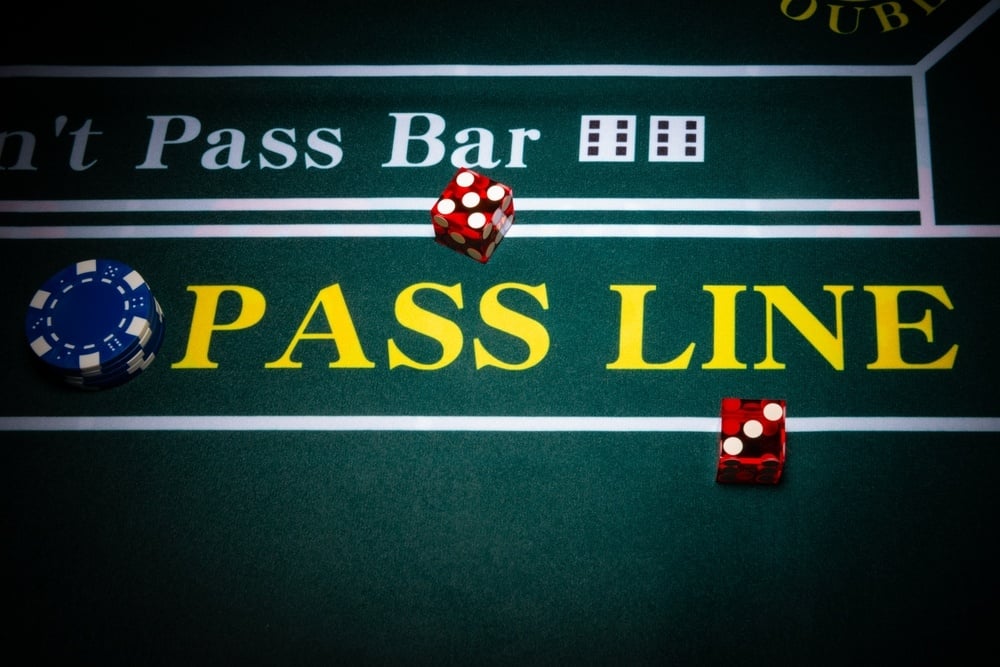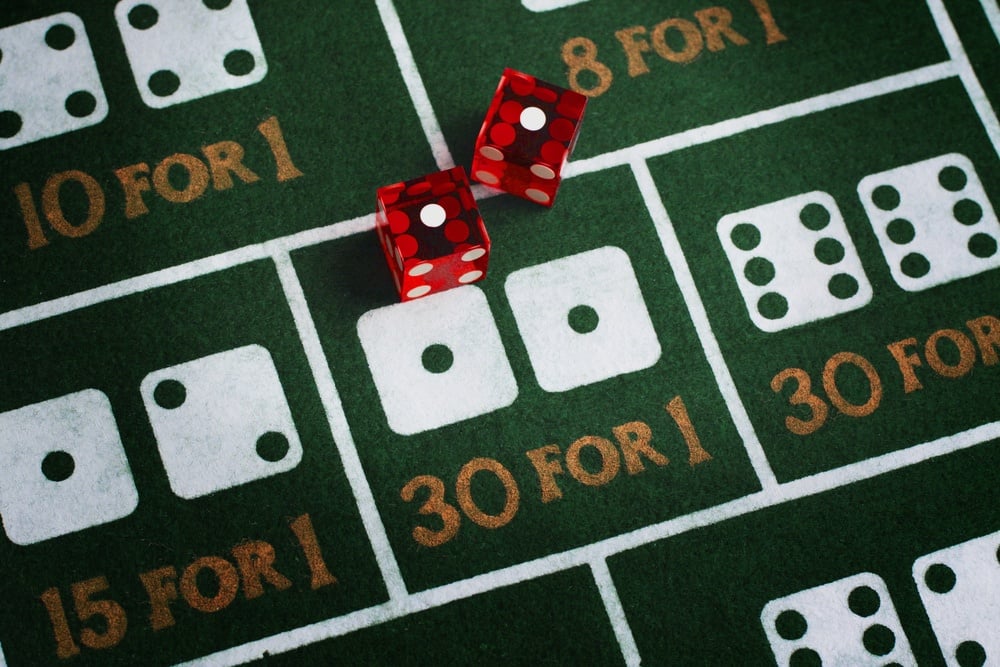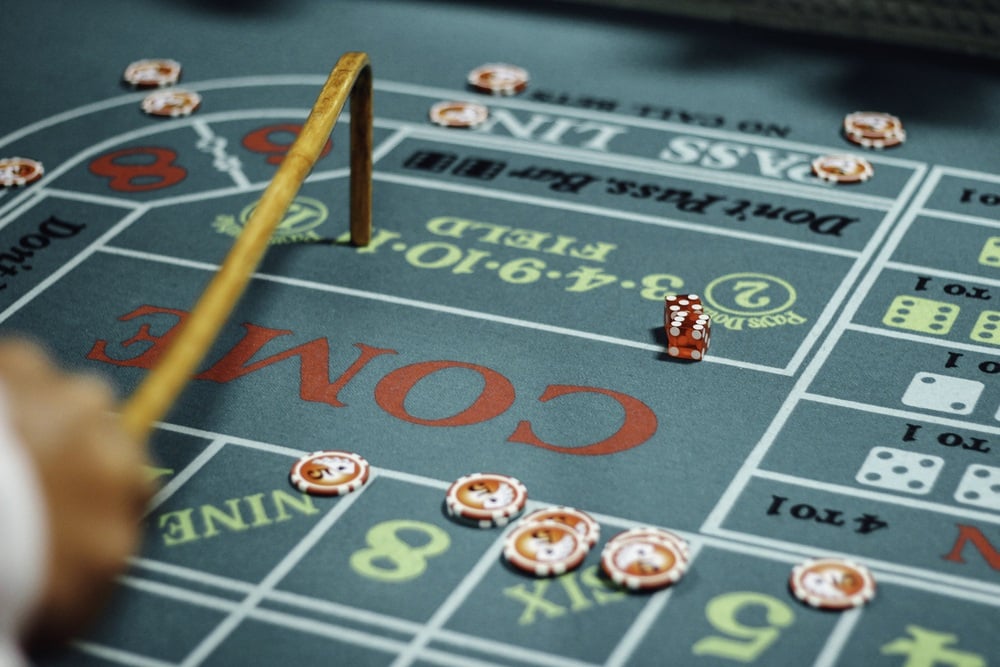Mastering Craps in Las Vegas: A Complete Beginner’s Guide

Essential Insights Before Rolling the Dice
If you’re new to the lively casinos of Las Vegas and intrigued by the energy of the craps tables, it’s normal to feel a bit overwhelmed. Bright table layouts, fast-paced action, and an endless array of chips and cheer can make craps appear mysterious. But don’t worry-once you get a handle on the basics, you’ll be ready to join in and enjoy this thrilling dice game.
Key foundations to know before playing craps in Vegas include:
- **Learning the Core Rules:** Understand the objectives, the betting options, and how each round progresses.
- **Table Etiquette:** Become familiar with proper chip handling, communicating with dealers, and respecting other players.
- **Basic and Advanced Bets:** Start with simple bets like the Pass Line, and explore more complex wagers as you grow comfortable.
- **Dice Handling Tips:** Some players practice dice control, though results may vary.
- **Soaking Up the Fun:** Participate in the camaraderie of the craps table-its infectious excitement is one of the reasons it’s a Vegas favorite.
With these starting points and a touch of practice, you’ll quickly learn the ropes and can join the crowd at any craps table.
The First Step: Understanding the Come Out Roll
Every new round of craps kicks off with the Come Out Roll. The outcome of this crucial roll sets the stage for how the rest of the game plays out:
- Rolling a **7 or 11** immediately wins for anyone betting on the Pass Line.
- Rolling a **2, 3, or 12** results in an instant loss on the Pass Line-these rolls are referred to as “craps.”
- If any of **4, 5, 6, 8, 9, or 10** is rolled, that number becomes “the point.”
If you win on the Come Out Roll, you’re paid even money and can roll again. If you lose, you’ll need to place a new bet to get back in the action. Should the roll establish a point, the aim becomes rolling that exact point number again before a 7 appears.

For instance, if you roll a 6, keep rolling until you land another 6 for a win. If you hit a 7 first, all bets lose and the dice pass to the next shooter. Bets can be set as active or inactive during the next Come Out Roll, but most players choose to turn them “off” until a new point is established.
The Craps Table Layout Explained
A craps table may look complex, but at its core, both sides mirror each other and all players share the center betting areas. Here’s a breakdown of common areas and wagering spots you’ll encounter:
- **Pass Line:** The basic bet. Place your chips here before the Come Out Roll to back the shooter. This is where you’ll start if you want to roll the dice.
- **Don’t Pass Bar:** The opposite of Pass Line. This rarely played bet wins when the table loses, essentially rooting against the shooter.
- **Big 6 and Big 8:** Straightforward bets for “6” or “8”; win if your number appears before a 7.
- **Field:** A one-roll wager covering 2, 3, 4, 9, 10, 11, or 12. Win if any of these show on the next roll.
- **Point Numbers (4, 5, 6, 8, 9, 10):** After a point is set, players can place additional bets on these numbers.
- **Come:** Functions like a mini Come Out Roll for individuals once a point is set. Winning and losing rules mirror the Pass Line.
- **Don’t Come Bar:** Similar to Don’t Pass, but activated after the initial point is established.
- **Hard Ways:** Bets on a pair being rolled (like two 4s for a Hard 8). You win if it appears before a 7 or the number is rolled the “easy” way (any other combination adding up to 8, for example).
- **Proposition Bets:** In the center, bets like Any Craps (2, 3, 12) or Eleven are placed for quick, one-roll opportunities.
- **C and E Bets:** Single-roll wagers for Craps (2, 3, or 12) or Eleven.

Knowing what these areas represent will help you place your chips correctly and pick the bets that suit your strategy.
What to Do Once a Point Is Established
After the Come Out Roll, if a point is set (say, 9), the excitement builds as players aim to roll that number again before a 7.

Here are ways to keep betting in the round:
- **Odds (Behind the Line):** Players often add extra chips behind their original Pass Line bet for better odds-with payouts like 2:1 for 4 & 10, 3:2 for 5 & 9, and 6:5 for 6 & 8.
- **Place Bets:** Bet directly on numbers you think will be rolled next. Payouts vary: for example, placing $6 on “8” pays $7 if it hits. You can increase (“press”) these bets with winnings, or remove them before a 7 is rolled.
- **Flexibility:** Unlike the odds bets, placed bets can be adjusted or withdrawn at any time during the round.
Understanding these wagering options gives you more control and lets you diversify your play as the round develops.
Sample Craps Game: A Winning Streak
Picture yourself as the shooter at a $10 minimum table. Here’s a snapshot of how a successful session might unfold:
1. Place $10 on the Pass Line.
2. **Come Out Roll:** Roll a 7 - win $10.
3. **Come Out Roll:** Roll an 11 - win $10.
4. **Come Out Roll:** Roll a 3 - lose the Pass Line bet.
5. **Come Out Roll:** Roll a 5 (Point is 5)
- Place $10 behind the Pass Line for odds.
- Place $10 in the Field.
- Place $12 on 6.
6. Roll 10 - win $10 in the Field.
7. Roll 8 - lose the Field bet.
8. Roll 6 - win $14 on the placed bet.
9. Roll 5 - win $10 on Pass Line and $15 on odds.
Now, the point resets and bets outside the Pass Line typically turn “off” unless you tell the dealer otherwise.

Sample Craps Game: When Luck Runs Out
Even with a solid plan, an unlucky streak is always possible:
1. Place $10 on the Pass Line.
2. **Come Out Roll:** Roll an 8 (Point is 8)
- Place $10 behind the line.
- Place $12 on 6.
3. Roll 7 - all bets for this round are lost.
Remember, a new round always brings a fresh opportunity.
Tips for Starting Out at Craps Tables in Vegas
While craps may look daunting, getting started is easier than you think. Las Vegas casinos generally have helpful dealers and sometimes offer beginner tutorials on the floor.
- Begin by playing only the Pass Line to keep things straightforward.
- Observe how experienced players handle their bets, chips, and interact at the table.
- Watch for digital or “bubble” craps machines if you’d like a low-pressure practice environment.
- A packed, vibrant table is usually a “hot” table. The shared excitement is part of what makes the craps table special.
If you’re at a casino and see a lively table, that’s often a sign that fortune is favoring the players-don’t be afraid to join the fun!
Where to Find the Best Beginner-Friendly Craps Tables in Vegas
New to craps and looking for a welcoming table? Consider these tips:
- Classic spots like the Stratosphere tend to offer lower minimum bets and a relaxed environment-great for learning without spending too much.
- Many Las Vegas casinos feature automated “bubble craps” machines and electronic tables, perfect for building your confidence.
- One superstitious but widely followed tradition: never say “7” out loud at the table unless you’re rooting for a Come Out Roll-it’s considered unlucky in every other context.
Whether you’re looking for classic casino energy or a quieter place to learn, Vegas has a craps table that suits your style.













